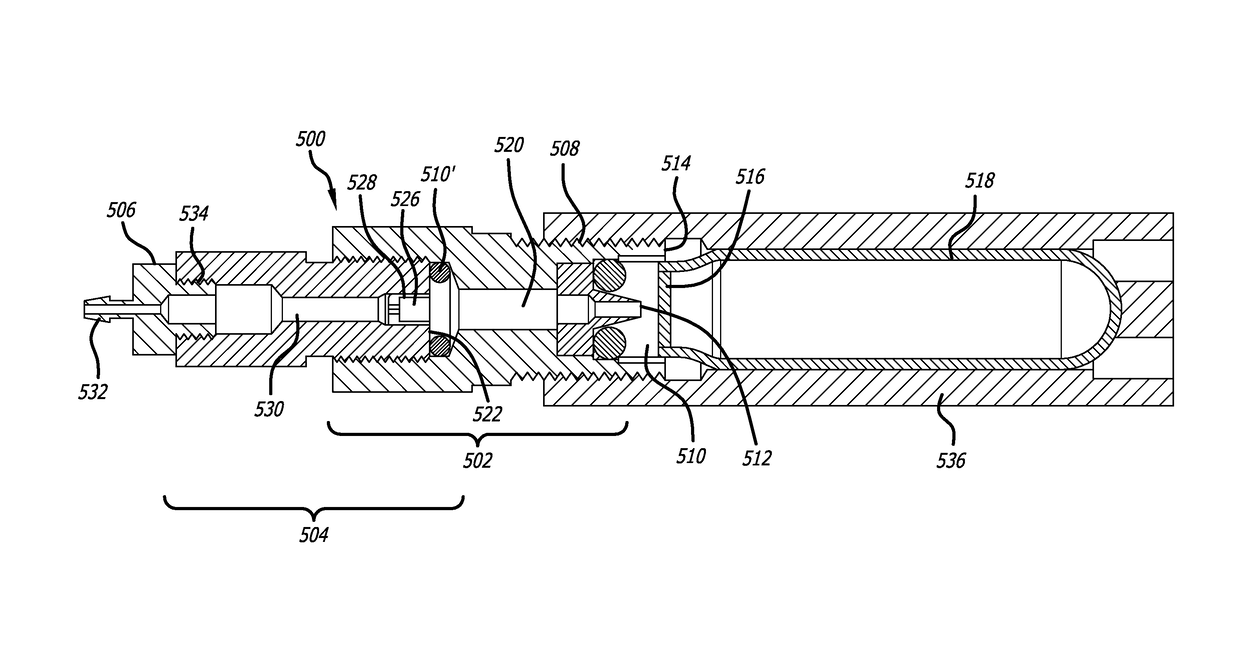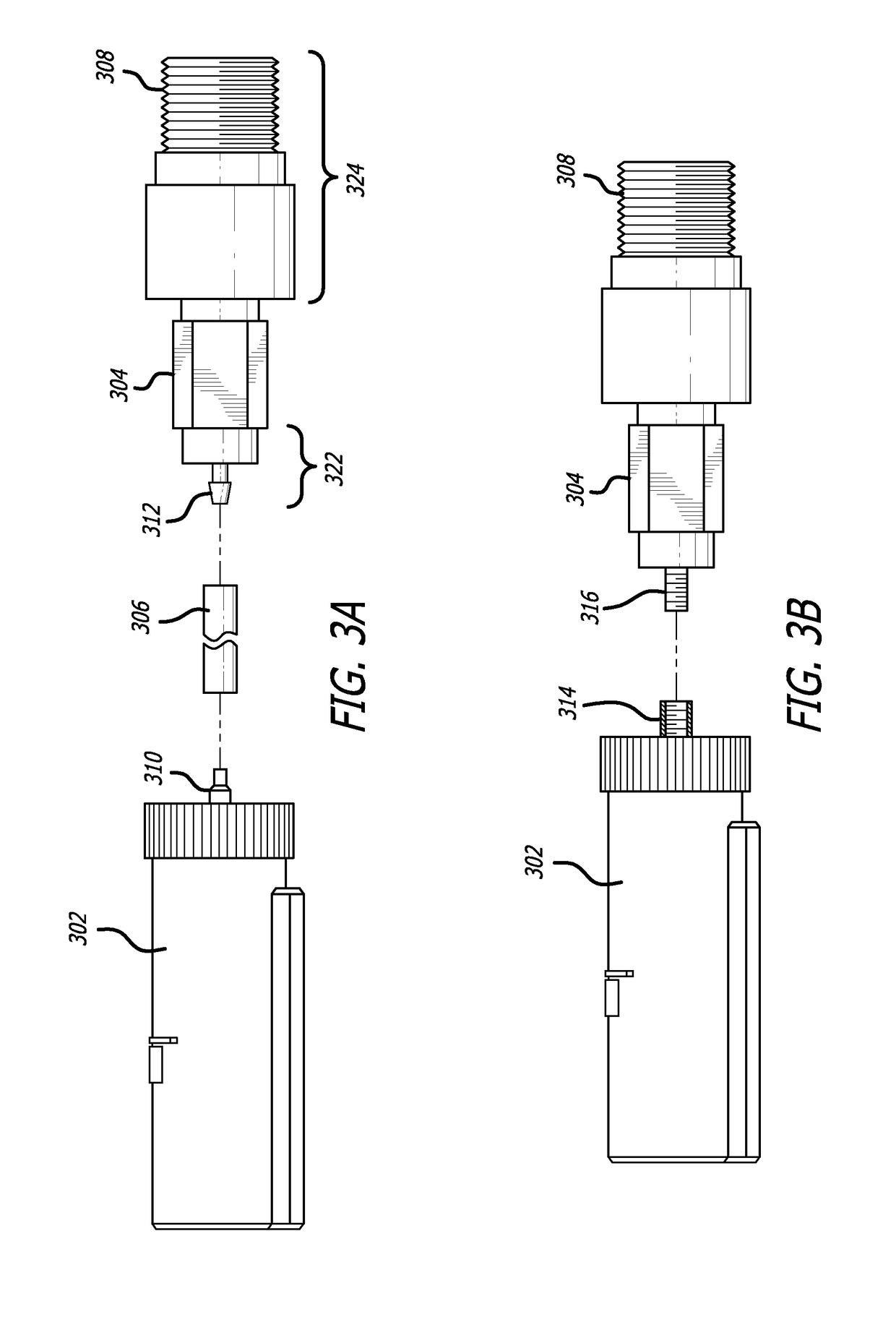Method of producing substances with supersaturated gas, transdermal delivery device thereof, and uses thereof
a technology of supersaturated gas and production method, which is applied in the direction of medical preparations, other medical devices, inorganic active ingredients, etc., can solve the problems of difficult to administer therapeutic agents with a molecular weight greater than 500 daltons or use of therapeutic agents with a very low or high partition coefficient, and the limited market of transdermal delivery systems. achieve the effect of reducing symptoms and reducing symptoms
- Summary
- Abstract
- Description
- Claims
- Application Information
AI Technical Summary
Benefits of technology
Problems solved by technology
Method used
Image
Examples
example 1
Measurement of Blood Flow
[0133]A study was conducted to demonstrate that use of the device disclosed herein can improve blood flow in an individual. The treatment was administered by having an individual insert the left thumb into the open-ended delivery outlet of a device disclosed herein creating a seal. The digit will be “bathed” for five minutes with a vapor including supersaturated dissolved molecular carbon dioxide from a canister providing pure, medical-grade carbon dioxide. Nine individuals were examined.
[0134]Tissue perfusion in distal arteries was accessed using a SensiLase System (a FDA-cleared device) and measuring Skin Perfusion Pressure (SPP) and Pulse Volume Recording (PVR). SPP is a pressure measurement in mmHg that assess local blood perfusion in capillaries using a laser Doppler to measure reactive hyperemia, which reflects microcirculation for distal arterial blood flow. PVR is a measurement of plethysmography to assess changes in arterial blood volume. A change i...
example 2
Measurement of Blood Pressure
[0137]A study was conducted to demonstrate that use of the device disclosed herein can decrease high blood pressure in an individual. To conduct this study, individuals from the study described in Example 1 had there blood pressure taken. A measurement of both brachial diastolic blood pressure and systolic blood pressure was performed on the individual's right upper arm at six time points 1) 5 minutes before treatment (pre-treatment); 2) 5 minutes post-treatment; 3) 30 minutes post-treatment; 4) 60 minutes post-treatment; 5) 120 minutes post-treatment; and 6) 240 minutes post-treatment.
[0138]Results indicated that administration of molecular carbon dioxide decreased blood pressure in all individuals examined at some point during the time period measured (Table 2). Seven of the nine individuals studied showed decreased diastolic and systolic blood pressure over the course of the entire 240 minute study.
[0139]
TABLE 2Treatment Effects on Blood PressurePre-T...
PUM
 Login to View More
Login to View More Abstract
Description
Claims
Application Information
 Login to View More
Login to View More - R&D
- Intellectual Property
- Life Sciences
- Materials
- Tech Scout
- Unparalleled Data Quality
- Higher Quality Content
- 60% Fewer Hallucinations
Browse by: Latest US Patents, China's latest patents, Technical Efficacy Thesaurus, Application Domain, Technology Topic, Popular Technical Reports.
© 2025 PatSnap. All rights reserved.Legal|Privacy policy|Modern Slavery Act Transparency Statement|Sitemap|About US| Contact US: help@patsnap.com



